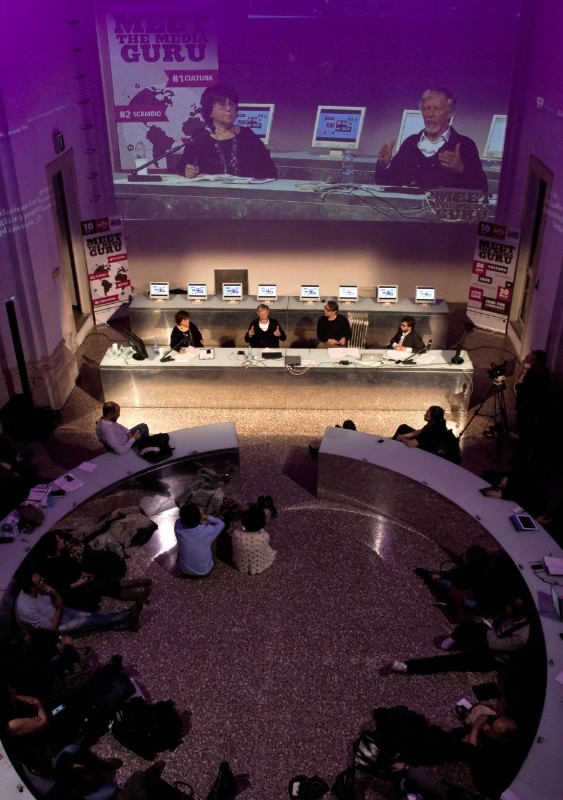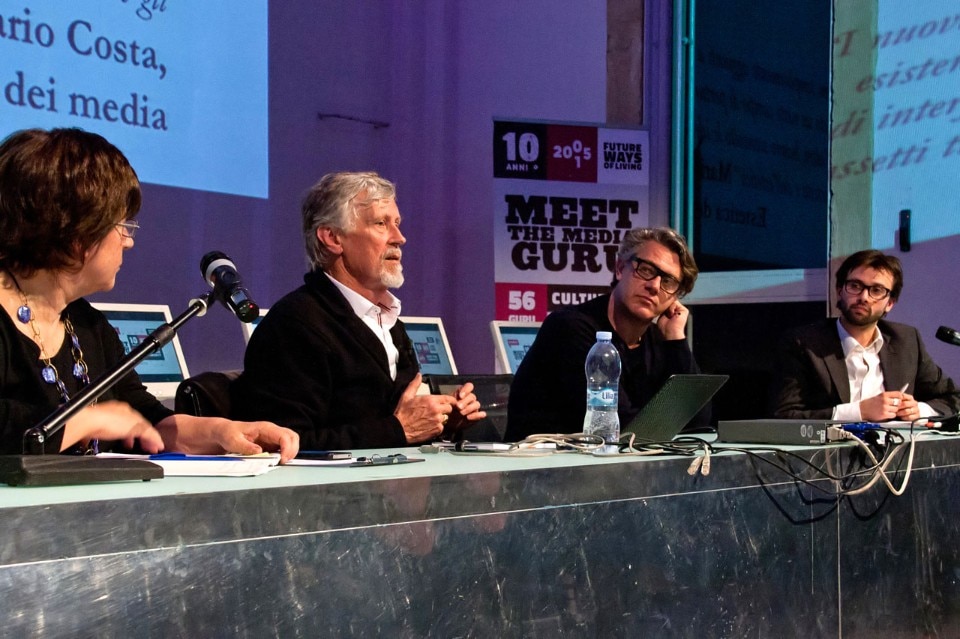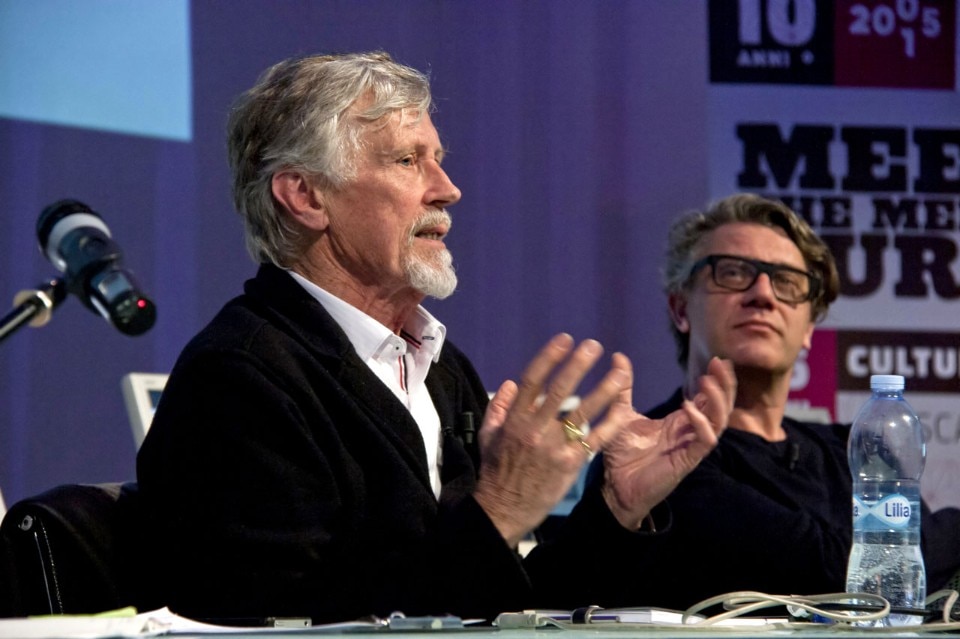In the field of technology and especially in the area that borders between art and technology there are a lot of interesting things going on but there is a lack of an overall strategy.


We have to learn to think in 3D. It is an important cognitive evolution on a road that started in the 1950s.

